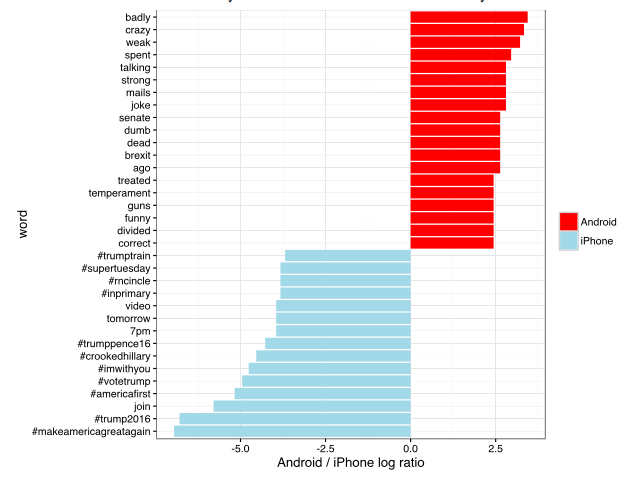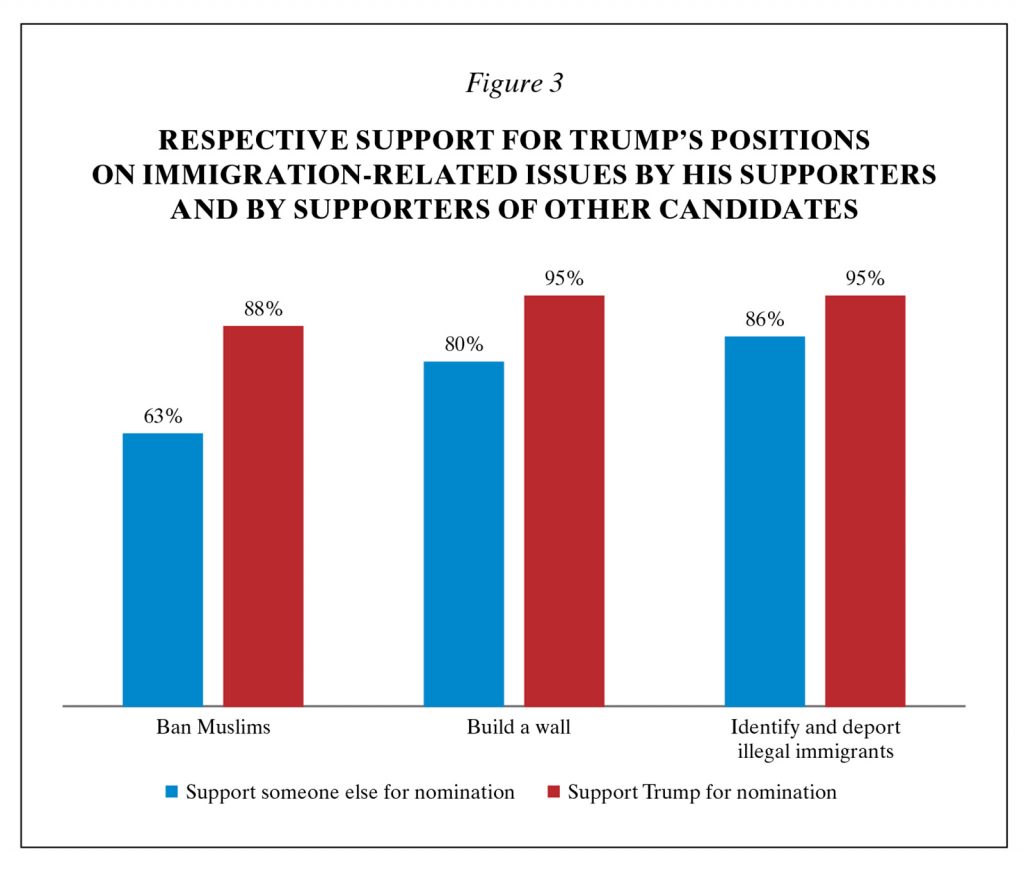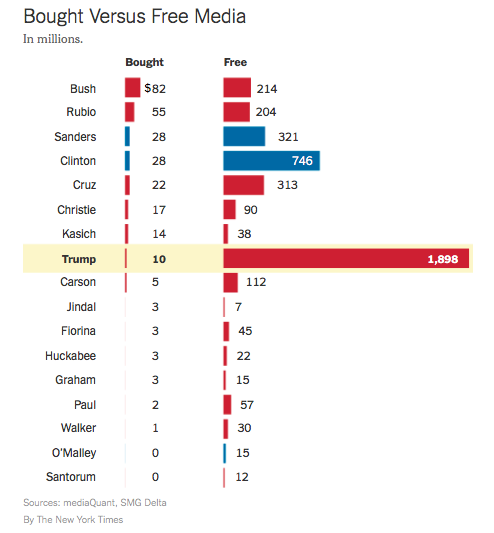
“The new year demands extraordinary newsroom management skills andstrategies as an unorthodox, media-bashing president takes office. The Trump administration will challenge norms of engagement with both the public and the press, and may execute on its promise to revise existing laws and policies, making high-quality journalism more important than ever.”
Jill Geisler is the Bill Plante Chair in Leadership and Media Integrity at Loyola University Chicago. CJE sat down with Geisler to discuss her recent article for the Columbia Journalism Review, “10 resolutions for managers leading newsrooms in 2017.”
CJE: Your piece for the Columbia Journalism Review led off with the advice that newsroom managers should remain encouraging during this challenging era for the industry.
Geisler: The best antidote to bad morale is good journalism. There’s great satisfaction in producing good journalism. It’s imperative for managers to support people in that process and recognize what it takes for people to do their job. The industry has started to ask more and more of people, while we have undergone a business transformation that has, in many cases, cut back on their resources. If you as a leader are providing feedback to people, it’s about listening to them and also telling them how they’re doing. What exhausted them, what exhilarated them, what they need more of or less of and what you’re able to provide. In a world in which the criticism can be vicious and vulgar, it’s also important to help journalists put all of it in perspective and to help protect them.
CJE: You also talked about transparency and “showing your math.” Could you expand a bit more on that?
Geisler: When I work with people outside of journalism to try and explain the rigorous process in deciding what photo to use or what amount of graphic detail is incorporated, people are often surprised at the thoughtfulness of the process. Human beings tend to ascribe motive to other people and when they don’t like a story or outcome, they’re quick to ascribe motive because they don’t know the process. We need to do a better job of explaining why we came to the conclusion we did. That’s transparency, that’s showing your math.
We didn’t used to have the time or physical space to show our math. But in a digital world, we can tell readers to go to our website to see how we did certain things or encourage them to talk to us on Facebook. We have unlimited opportunities to connect with people. We also now have the ability to decide how many platforms we’ll use based upon importance or potential controversy of a given topic.
CJE: How can journalists practically demonstrate boldness, specifically in regards to the Trump administration’s press conferences?
Geisler: I think we’re in an era now where journalists have to ask questions for which the answers may range from deflections to duplicitous. In real time, if you’re live at news conference, it’s not bias if you say, “You didn’t answer my question.” It’s boldness, not bias, to ask the same question immediately after it went unanswered for another journalist, instead of just saying, “Oh my competitor got shut down, I’m glad.” If the question is important, if the information is important, you repeat it at the risk of looking a little bit pushy. You’re going to have to do it because it is at that point you’re supporting the public’s right to know and the idea that people can’t be shouted down.
CJE: To what extent is it ethical for journalists from various outlets to ban together in an effort to gain information?
Geisler: Competition is generally a business value: I want to get a story faster than you do. It can also be a journalistic value on those occasions in which speed itself helps the public. For example, if I’m the first to announce a tornado, I’ve beaten the competition and also given people the information they need faster. Competition is sometimes just a business value so you can have bragging rights. When you are talking about solidarity, you have to say what is the solidarity in service of? If I’m going to stand in solidarity with a person I’d otherwise compete with, it should be in service of information the public is being denied. Solidarity has to be about the importance of the information and about making certain that a process does not exist that leverages competition as a way to shut down information. We have a journalistic obligation to transcend the business value, step up and have that question answered.
CJE: We’ve talked a lot about the news curators, but what advice do you have for news consumers?
Geisler: I’m coming from the media literacy standpoint. At the very least it would be helpful to say consumers should comparison-shop news. I would like to think that informed citizens do comparison-shop for news. I want them to know that it’s in their best interest to do so. We understand confirmation bias and our inclination to seek out news outlets that confirm our biases. We know from Facebook’s algorithms that your feed probably contains information and misinformation in your filter bubble. We know the impact of fake news and that there’s a real possibility that you’re looking at two parallel universes on your feed, to the point where we’re not even agreeing on basic facts. We don’t have to tell people what to watch or to read, but we can certainly ask that they comparison-shop and find ways to double-check what they’re hearing.



